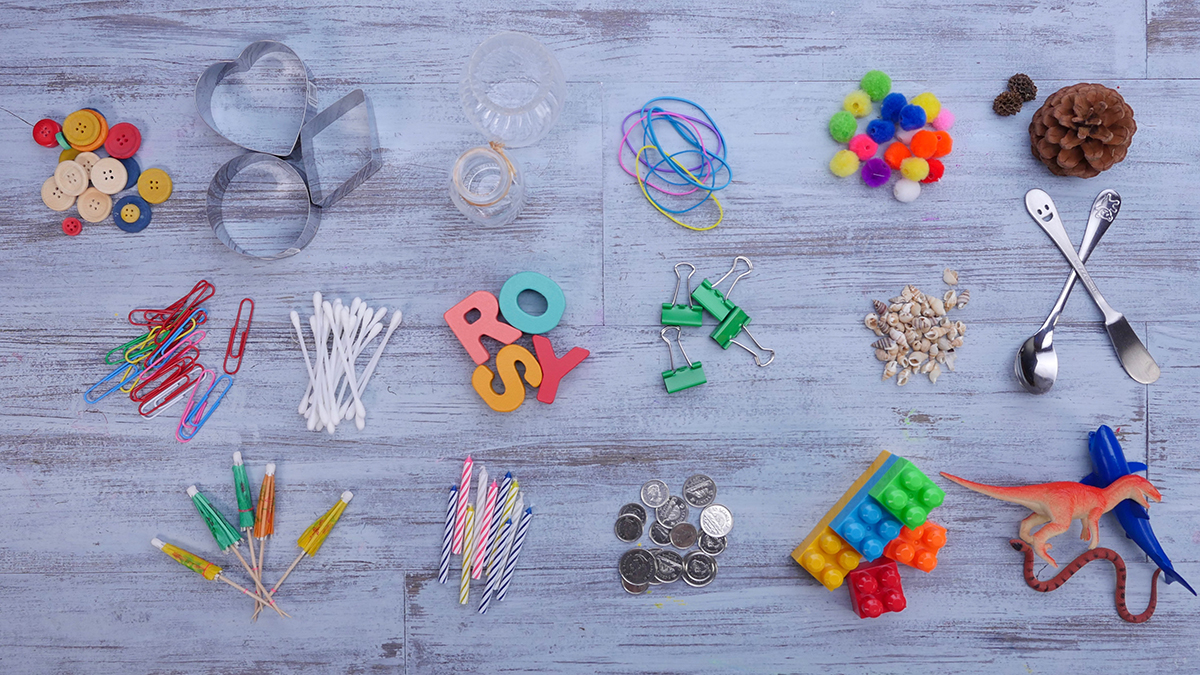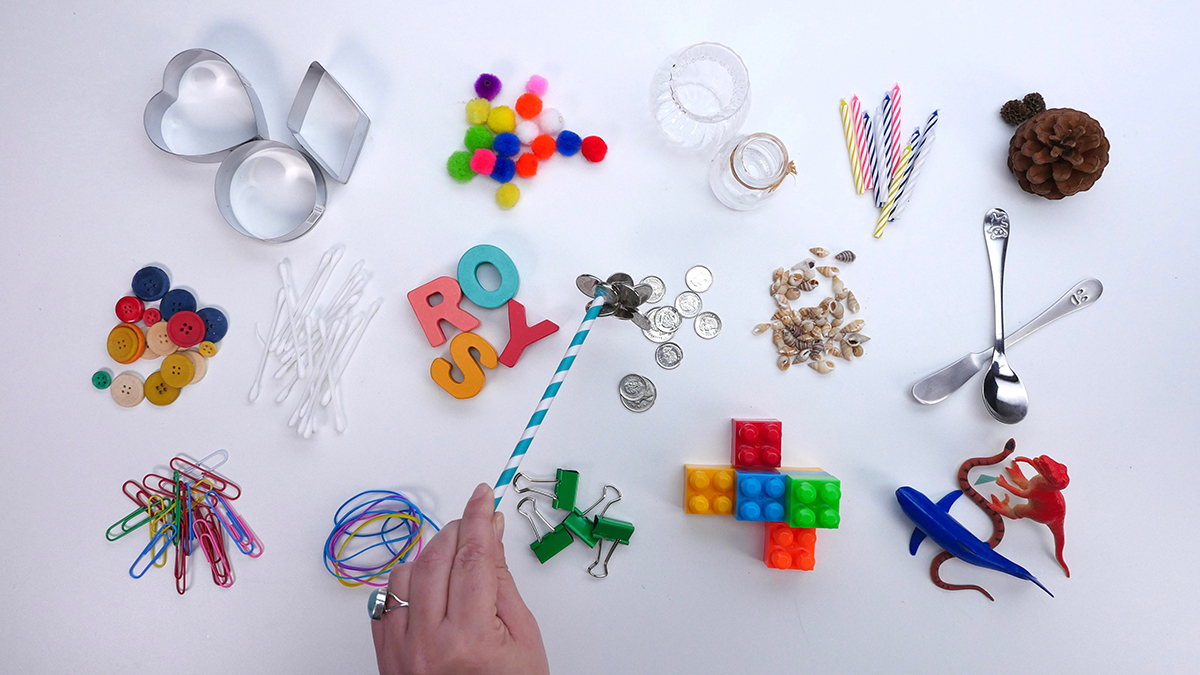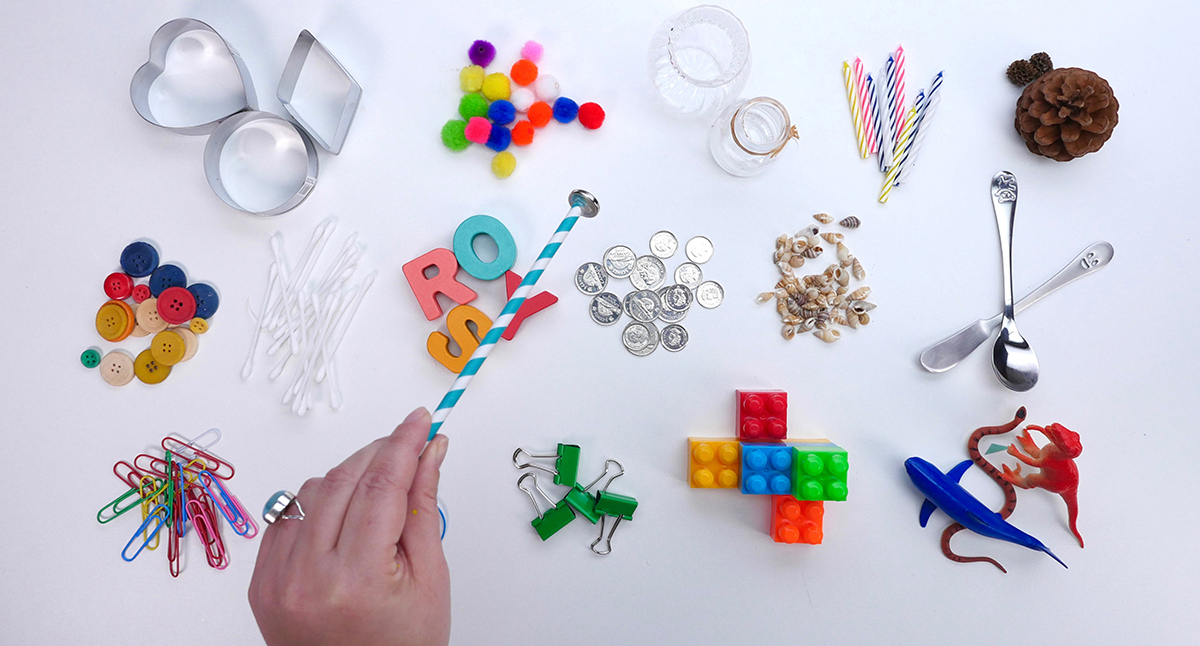
Magnets are really cool. Anything that’s magnetic will stick to them. And because of the invisible magnetic field they produce around themselves, they can make things move without touching them.
Here are a couple of neat things you can do with magnets to learn about how they work. But make sure you keep magnets away from computers and cell phones because they can damage them.

What sticks to a magnet?
Collect a bunch of small objects from around your house. Try to find objects that are made out of a variety of materials: plastic, wood, glass, and metal.
Touch a magnet to the objects, one by one. Which ones stick to the magnet and which ones don’t? Sort them into a pile of things that do, and a pile of things that don’t.
What’s going on? Whether or not something is magnetic depends on what it’s made of. Anything made of iron (like most nails, cutlery, or paperclips) or nickel (like some five-cent coins) will be magnetic.

How close does the magnet have to be to an object in order to pull on it?
Pushing and pulling
Take two magnets and bring them close together. Depending on how you’ve positioned them, they will either pull or push on each other.
What’s going on? Like the earth, magnets have two poles, called north and south. Two north poles will push against each other, and so will two south poles. But a north pole and a south pole will pull on each other.
Magnets are an essential part of many pieces of technology, including credit cards, power generators, and telephones. The earth is also a giant magnet, which is why compasses work.
Don’t forget to follow us on Twitter, Instagram, Pinterest, and Facebook!
 Contributor
Contributor
Grant Harding is a puppeteer with a degree in biology and a passion for education and the environment. Follow Grant on Twitter, or check out his website.
Original content © 2019 Super Simple. Not to be reprinted without express written permission. Terms of Service.

